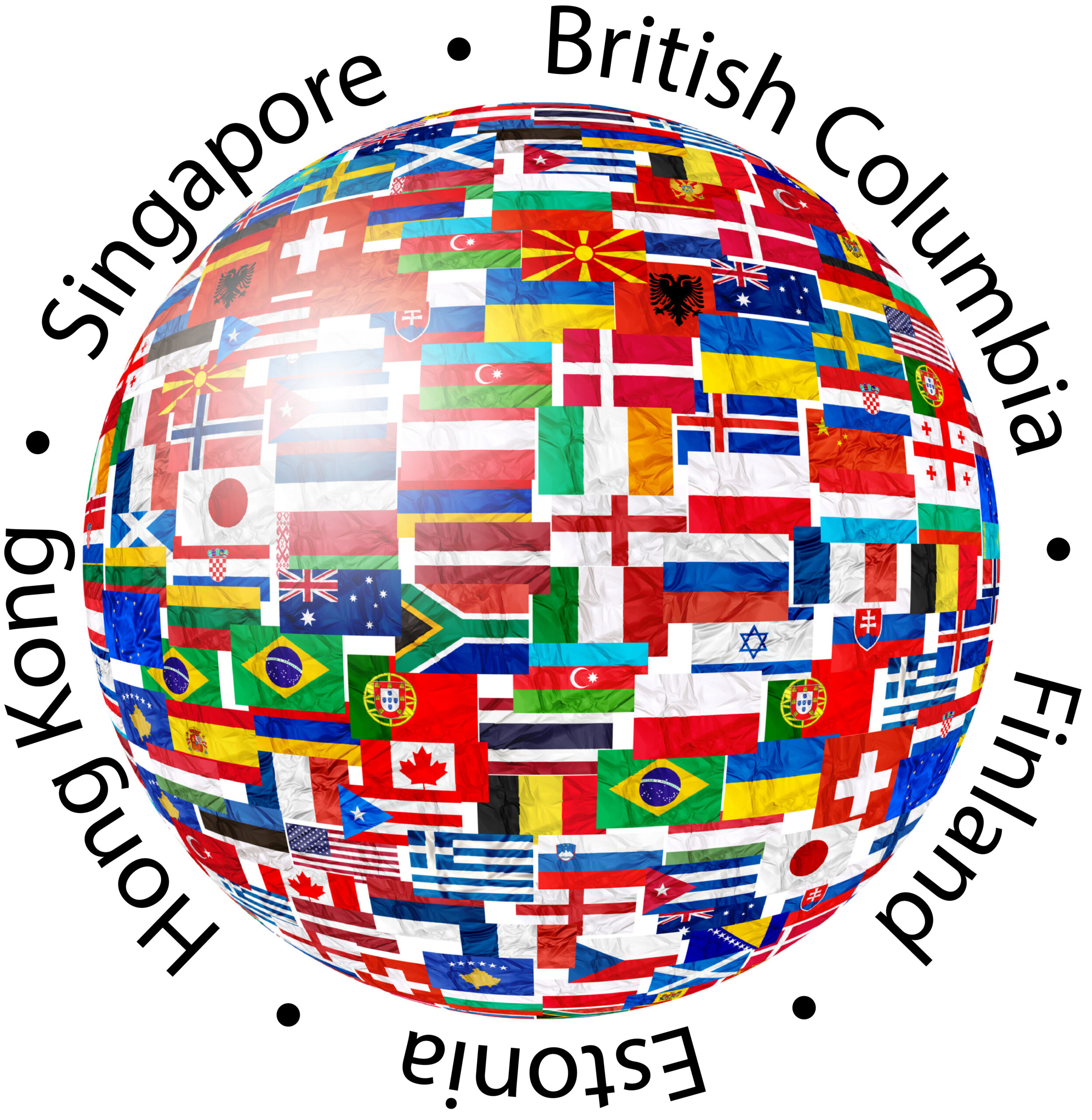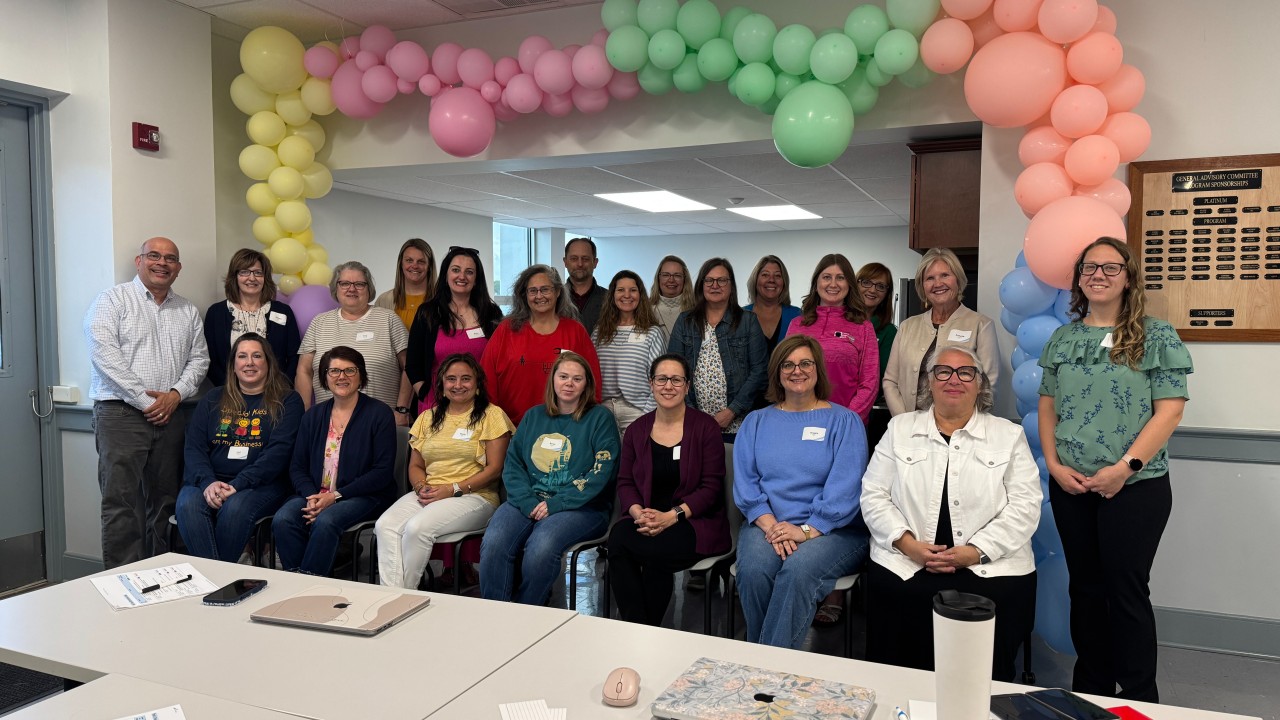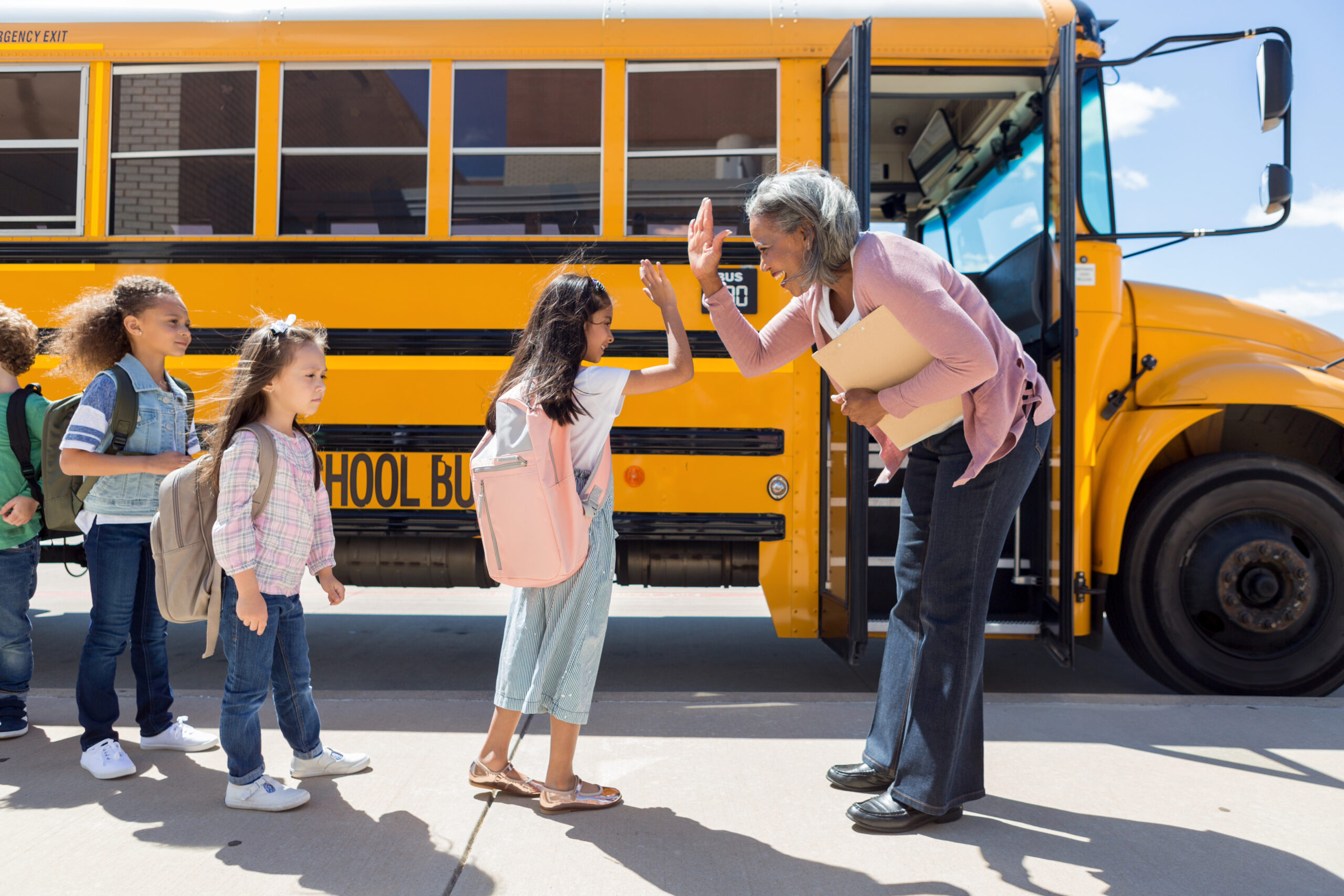
The High Performing Systems for Tomorrow (HPST) was a three-year partnership among the Organisation for Economic Co-operation and Development (OECD), NCEE, and a group of education system leaders from five jurisdictions that performed at the top of the OECD’s Programme for International Student Assessment (PISA). They are British Columbia, Canada; Estonia; Finland; Hong Kong; and Singapore.
The goal of the project was to consider the impact of digitalization and other global trends on the future of work and civil society; explore what this means for what students should learn and how they should learn it; and consider how this might change the role of educators and the design of public education systems.
The work was organized around a series of semi-annual policy dialogues among the project partners to explore these themes. Over the course of six policy dialogues, the group considered:
- The Impact of AI and Related Technologies on the Labor Market and Civil Society
- What a Changing Future Means for What Students Should Learn
- What a Changing Future Means for the Design of Education Systems
- What a Changing Future Means for the Design of Innovative Learning Environments
- What a Changing Future Means for the Teaching Profession
- Getting from Here to There: How to Move Forward to Build New Systems
This report provides a record of those discussions. In general, there was much in common in the group’s analysis of the thorny challenges confronting education systems: globalization, the rise of artificial intelligence, widening inequality, simmering civic unrest, challenges to democratic norms and institutions, and, of course, a global pandemic. The coronavirus pandemic emerged midway through the project, and its impact cannot be ignored. The conversations moved online, just as school systems did. But the crisis did more than change how the project was conducted: it provided a window into the uncertainty and fast-paced nature of change that had been the subject of our dialogues. The group talked about the future “as it was happening,” which gave it a unique opportunity to test out thinking and planning in real time.
There was also broad agreement about what those challenges could and should mean for what and how students should learn to be best prepared to survive, earn, contribute, and thrive in an increasingly complex global economy and society. But there were considerable differences about the pace, sequencing, and design of the strategies being shaped in each jurisdiction. These differences led to productive debates and revealed that there are many paths forward. There were also many open questions, such as how explicitly a path forward should be charted, if there is a need to redefine what a high performing system is, how much experimentation within a common vision should be encouraged, and under what conditions teacher autonomy should be cultivated.
The report also includes a summary of each jurisdiction’s plan for the near future.
Read the report here.




